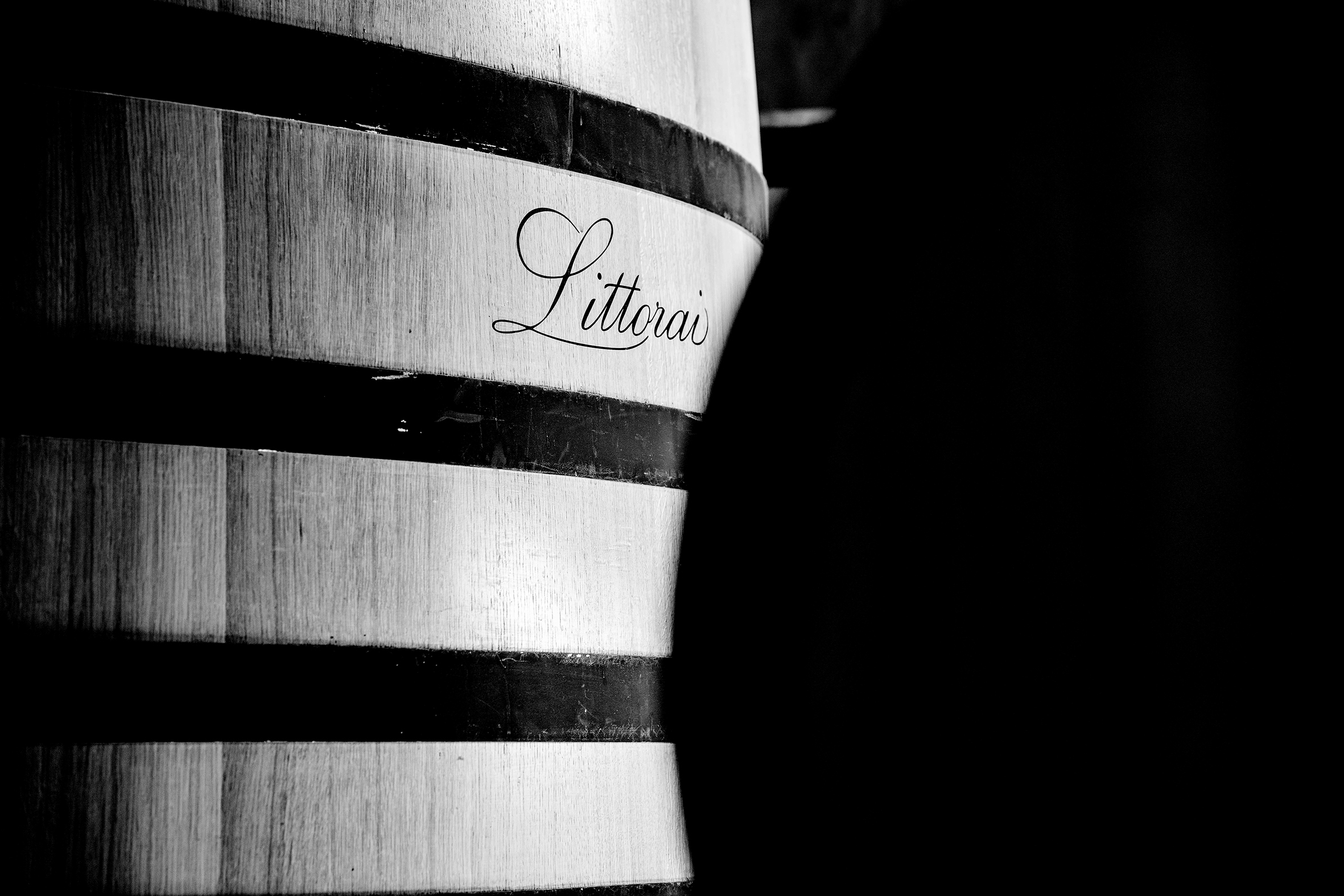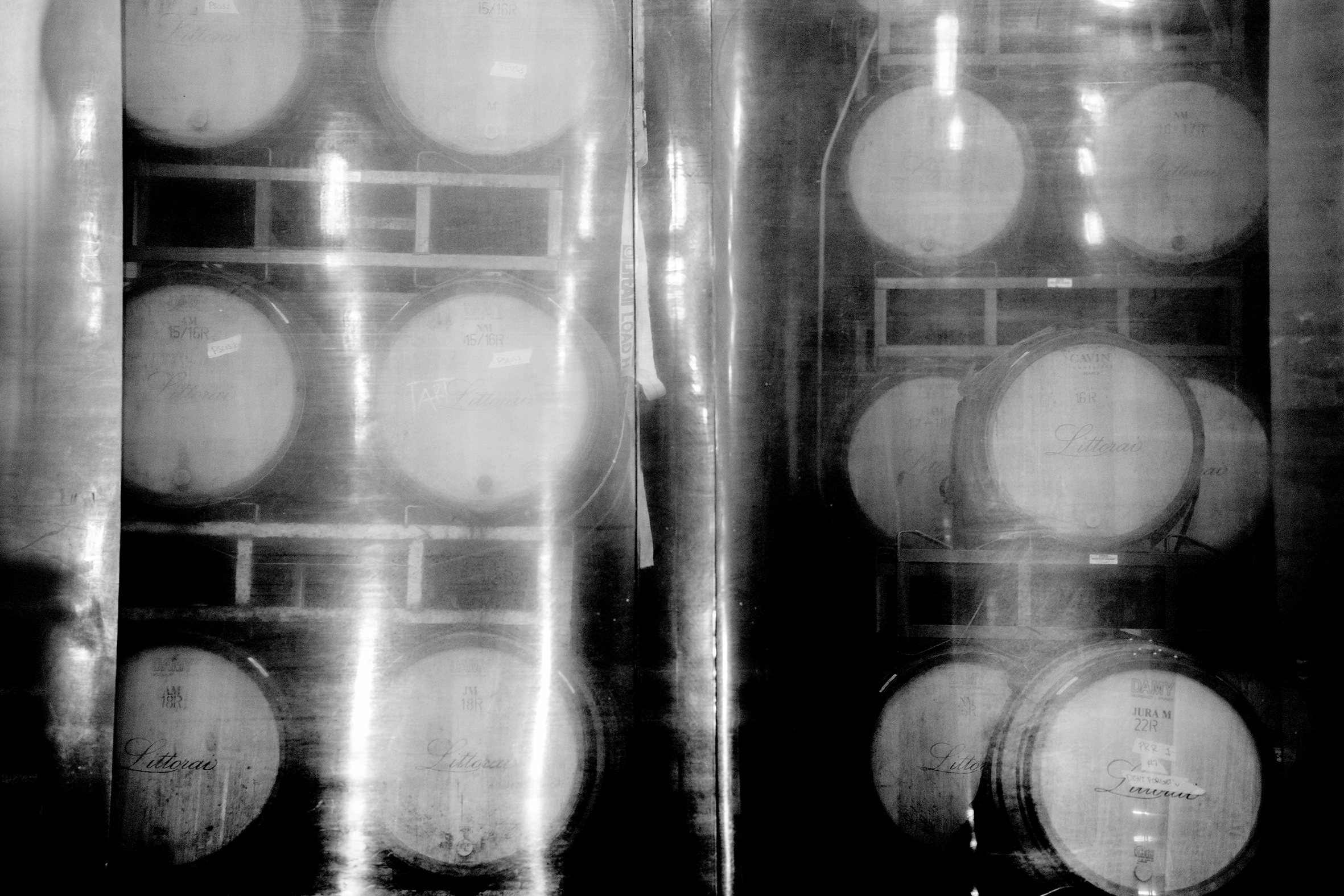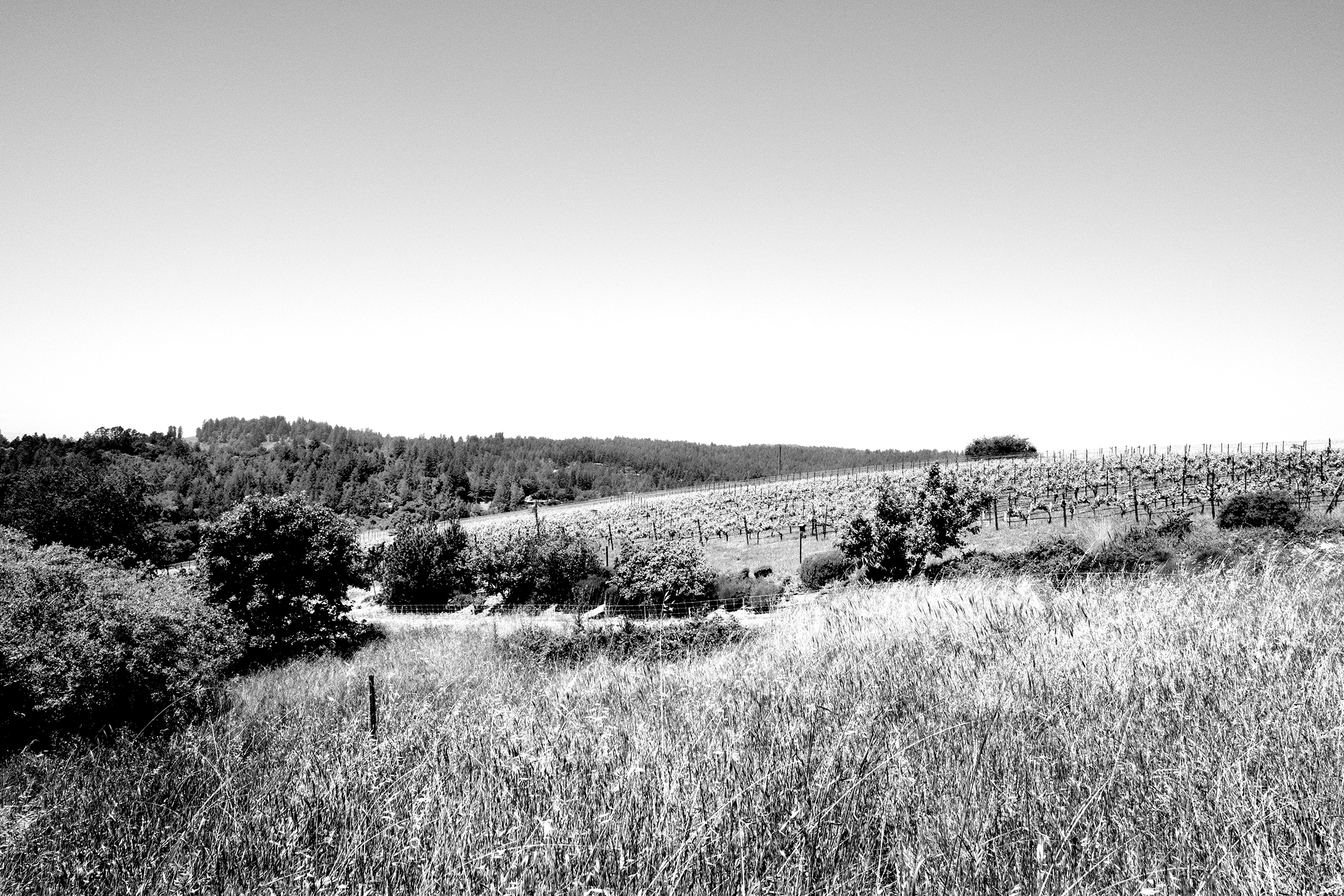03rd Aug 2023
When I think of where Sonoma Coast Pinot Noirs and Chardonnays are today, I think of Littorai as the alpha. Yes, others grew grapes and made wine in this area before Littorai. But apart from being a winegrower, Ted Lemon is a leader and advisor in developing new ways to farm this area, using generative (as opposed to regenerative) practices beyond organic and biodynamic farming.
The Alpha
Ted studied winemaking in Dijon in the early 1980s before working for Burgundian vignerons Domaine Dujac and Georges Roumier, among others. By the early 1990s, he and his wife Heidi were ready to do their own thing back in the US. They eventually isolated areas of the coastal hills of Mendocino and Sonoma as the most promising for crafting high-quality Pinots and Chardonnays of elegance and subtlety. With limited resources, they first followed the Burgundian negociant model of purchasing fruit from select growers, One Acre Vineyard in Anderson Valley and Mays Canyon Vineyard on the Sonoma Coast being the initial releases in 1993. Today, Ted still works with Mays Canyon and owns the One Acre Vineyard, which has been expanded to over four acres in size. Littorai’s production is now 50% estate grown or managed.


Littorai was a pioneer in establishing by-the-acre contracts with their growers as opposed to paying by the ton. This system removes the question of yields from the equation and focuses on achieving a balanced crop load for the site and vintage. It further allows vineyard owners to be more open-minded about vineyard management techniques using organic and biodynamic principles.
All the vineyards Littorai work with are managed generatively—methods that acknowledge humans as part of the environment with a responsibility to shape and care for the planet. Ted is a passionate proponent of biodynamic practices. Although Littorai’s vineyards aren’t certified biodynamic or organic, they are strictly managed using these principles.
"We believe that the true motivation for engaging in sustainable farming practices should not be for marketing purposes but should only be for the good of the land," says Lemon.
In 2003, Ted and Heidi purchased a thirty-acre piece of property and began to forge the heart of Littorai, The Gold Ridge Estate, an impressive, wholly integrated working farm just west of Sebastopol. Modeled on Rudolph Steiner’s integrated, self-sustaining agrarian vision for biodynamics, here livestock, open fields, and woodland contribute to the teas and compost used for vineyard management and winemaking. In 2004, a three-acre parcel was planted on the estate, named The Pivot Vineyard. Littorai’s winery at The Gold Ridge Estate was completed in 2008. It is a unique construction made from straw bales, which provide excellent insulation. The water used in the winery is recycled through wetlands on the property, purified naturally by plants, then used for irrigation. All the power on the estate is generated by solar panels.


Sitting down with Ted in the naturally cooled cellar of the winery to taste the 2021s is a breath of fresh air, not least of all because the atmosphere here is so naturally perfumed and pure.
“Thank God for 2021,” Ted sighs with a big smile. “It was great for quantity and great for quality. This was such a relief after 2020. We had very modest temperatures during the growing season. Everything was in harmony. You know, we don’t have to drop fruit anymore. Our oldest vineyard was planted in 1982, but even the younger plantings are now 25 years old. The vines are naturally balanced, so the berry and cluster size has gone down, as well as the number of bunches. The quality in a year like 2021 is incredible.”
Littorai was clearly firing on all cylinders in 2021. There is a remarkable consistency of quality across all the sites this year. What’s more, the style of the vintage is in synch with Littorai’s signatures of nuanced finesse and an ethereal sense of weightlessness offset by an exhilarating energy vortex.
Most of the alcohols hover around 13.5%. (Precise alcohol levels accompany each of the tasting notes.) All these wines were bottled in February 2023. Production for each single vineyard wine ranges from under 100 cases up to 600 cases.
I reminded Ted that I first met him with his importer in Singapore in 2009. He was one of the first wineries to export Sonoma wines to Asia. This was when he was also working as a consultant winemaker for Burn Cottage in Central Otago, New Zealand, where I would also bump into him from time to time.
“We export 50% of our production now,” Ted says. “That’s very unusual for a Sonoma winery. And, as part of the West Sonoma Coast Vintners, we just did events in Osaka (Japan) and Korea. I think it’s important to get our message out there. Otherwise, we’re just talking to ourselves.”
–
Article & Reviews by Lisa Perrotti-Brown MW
Photography by Johan Berglund

PRODUCERS IN THIS ARTICLE
> Show all wines sorted by scoreMore articles

Cathiard Vineyard New Releases
02nd May 2024
3 tasting notes

Bordeaux 2023 Preliminary Vintage Report and Reviews from Barrel
29th Apr 2024
56 tasting notes

2021 Bordeaux in Bottle and A Modest Proposal
24th Apr 2024
599 tasting notes

Pilcrow’s New Releases
18th Apr 2024
7 tasting notes
Show all articles